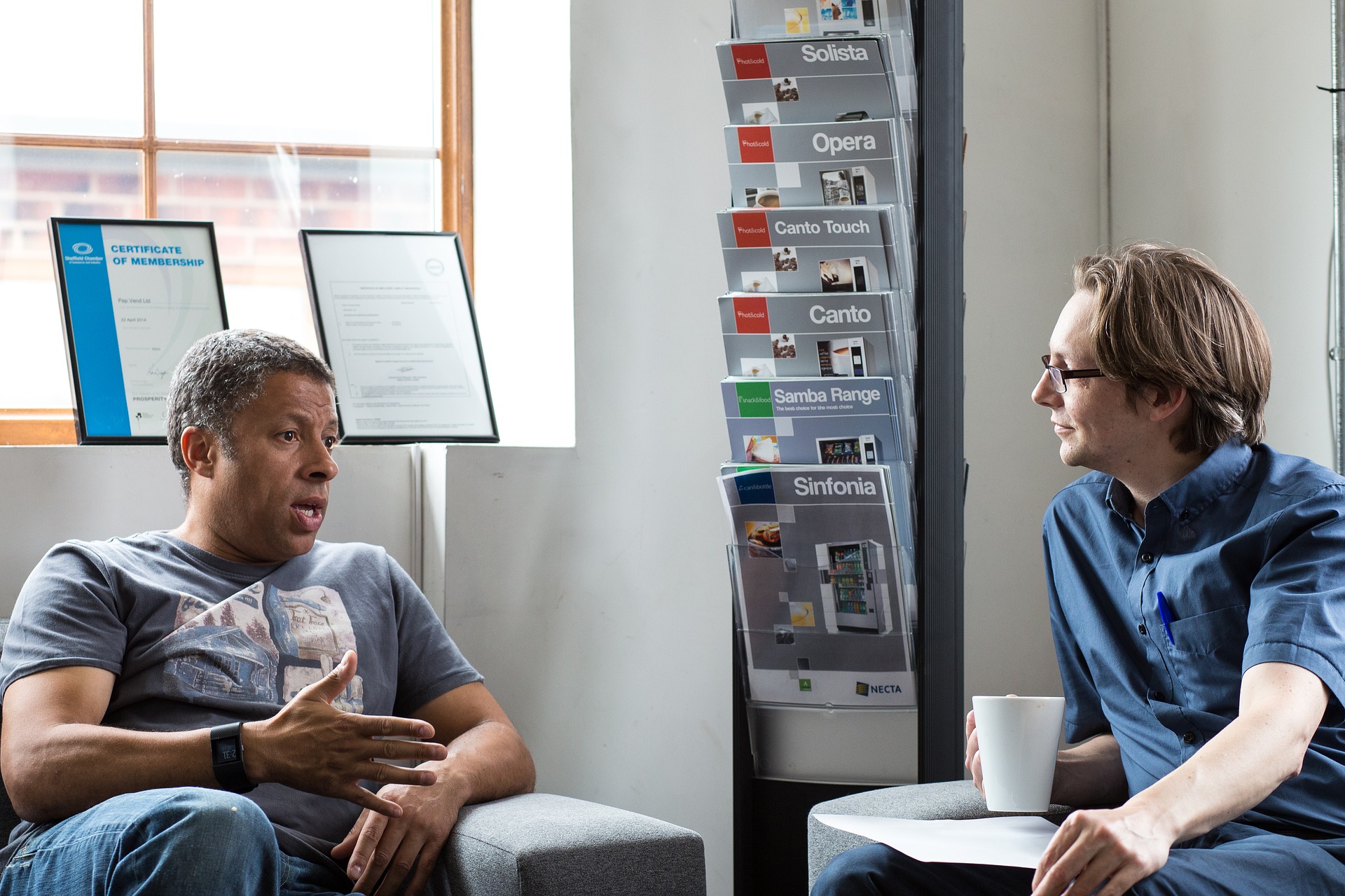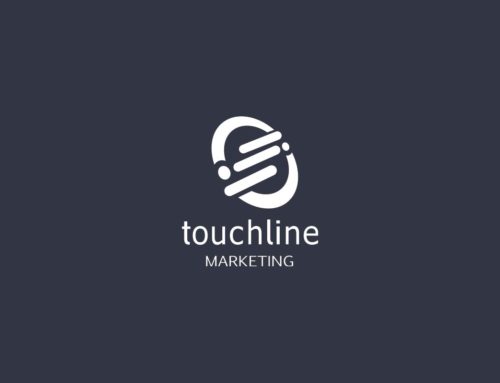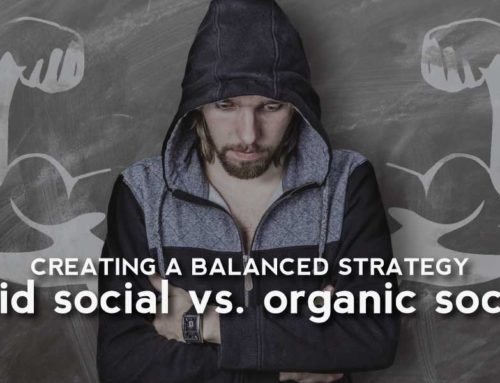By giving your ideal customer a voice, the buyer persona gives the organization enough confidence to say, “This is what really matters to our customers and here is our approach.”
Creating useful buying personas is no easy task even for seasoned marketers. It takes a significant amount of time and effort to accomplish the task with any degree of success. In the end, this success means understanding the personality attributes of your subjects as well as their specific buying triggers. Here are a few suggestions for conducting insightful buyer persona interviews and for getting the maximum value out of them:
1. Start the interview properly
Welcome your participants by name and thank them for joining you. Remind them that this interview is purely for market research and all of their responses will be kept strictly confidential. Assure them that no one from your company will contact them for further information or to try to sell them anything. Also, ask the participants if they have any questions before you get started. This is common courtesy but you would be surprised at how many interviewers neglect to do this under a fake veneer of so-called professionalism.
2. Include a wide variety of open-ended questions
By including these types of questions, you will prompt the interviewee to relate their own personality attributes, their content interests, their purchasing preferences and, most notably, their buying motivators. The key is not to prompt the subject with loaded questions but to allow them to explore the various areas at their own pace and in their own words. For instance, it is much better to ask “What sparks your interest in a system to support the HR department?’ rather than “What do you specifically like about Oracle’s Human Resource Management System?”
3. Enjoy a casual conversation
Admittedly, it would be most efficient in terms of time to get right to the point in a persona interview by asking a series of pointed questions. Unfortunately, this approach does not usually yield the most valid data. Instead, the questioner needs to be more conversational in their approach and not treat the interview as merely a survey. In other words, time will have to be spent making the subject physically and mentally comfortable so that they answer in a more than perfunctory manner. Some coffee and snacks will also go a long way in lightening the mood and relaxing the participant.
4. As usual, silence is golden
In a nutshell, this suggestion means that you should let the participant think. Do not feel obligated at all to fill in every pause in the conversation. Most probably, your specific questions will not be terribly difficult to answer but it sometimes requires a little thought from the participant to gather their thoughts and then make a more cogent response. Allowing a fair amount of silence also gives the participant some time to delve deeper into their motivations. Encouraging both of these processes will make your analytical job significantly easier and far more valuable after the buyer persona interviews are completed.
5. Go off-script and follow-up
Identify points during the buyer persona interview that create unique or passionate responses from the interviewee and ask immediate follow up questions. These are often the best opportunities to dive further into the pain points, challenges, and goals of your ideal customers to gain valuable insight about their buyer behavior. If you are fortunate enough to trigger an emotional response, you can let the interviewee steer the conversation. Although deviating from an interview script may feel unscientific, you should enjoy the journey of the tangential conversation as it can bring you the most valuable information.
6. Get your demographics right
It is important to not enter the buyer persona interview process with preconceived notions about who your buyers are and why they buy from you. In other words, do not settle for including just the usual suspects. Instead, add people from outside your usual demographic. While this tactic will not always pay dividends, it is a valuable way to add marginal improvement to your top-line sales and net income. You never know what you will learn from these “outsiders.” Their answers may even provoke ideas among your team as to additional items or services you can add to your product line.
7. Avoid testing marketing messages
Any company that is truly serious about creating a usable buyer persona must avoid putting words in the mouths of their participants by introducing and questioning specific offers from the company. It is simple counterproductive as the customer will be sidetracked by these messages and not reveal the more important information about their needs and wants. For this reason, it is important to stay on track with the interview process and avoid any ancillary tasks that will detract from the participant’s experience.
8. Take notes
Some companies will videotape a buyer persona interview. While this is fantastic for memorializing the event in case something needs to be checked, it can produces an enormous amount of data that must be sifted, collated and analyzed. It doesn’t need to be that complex. Some companies will simply take notes on a bar napkin.
BONUS TIP: Take action
Buyer persona interviews are somewhat time-consuming but they can yield quite tangible rewards for your sales and marketing departments by ultimately improving customer engagement. The most valuable information you can gain from this process is understanding customer challenges and goals. This information alone can help you take action to remodel your value proposition, define keywords and phrases for SEO, construct a lead magnet for the awareness phase of the buyers journey, build a compelling marketing automation workflow, and improve your customer loyalty.
For more detailed information, please contact us at Touchline Marketing. Find us online at https://touchlinemarketing.com.





